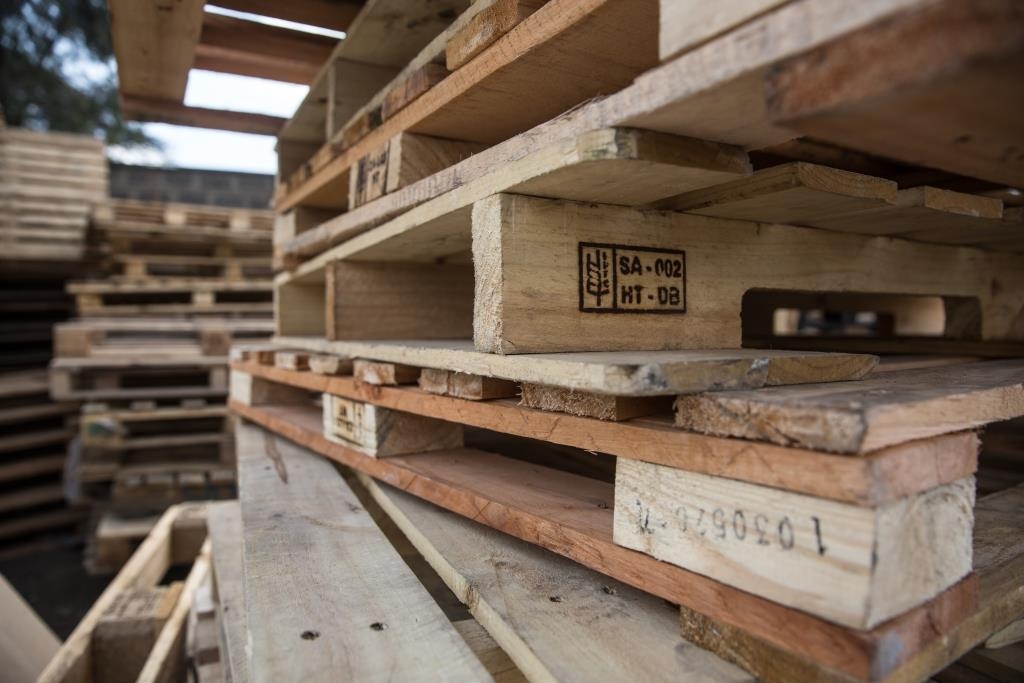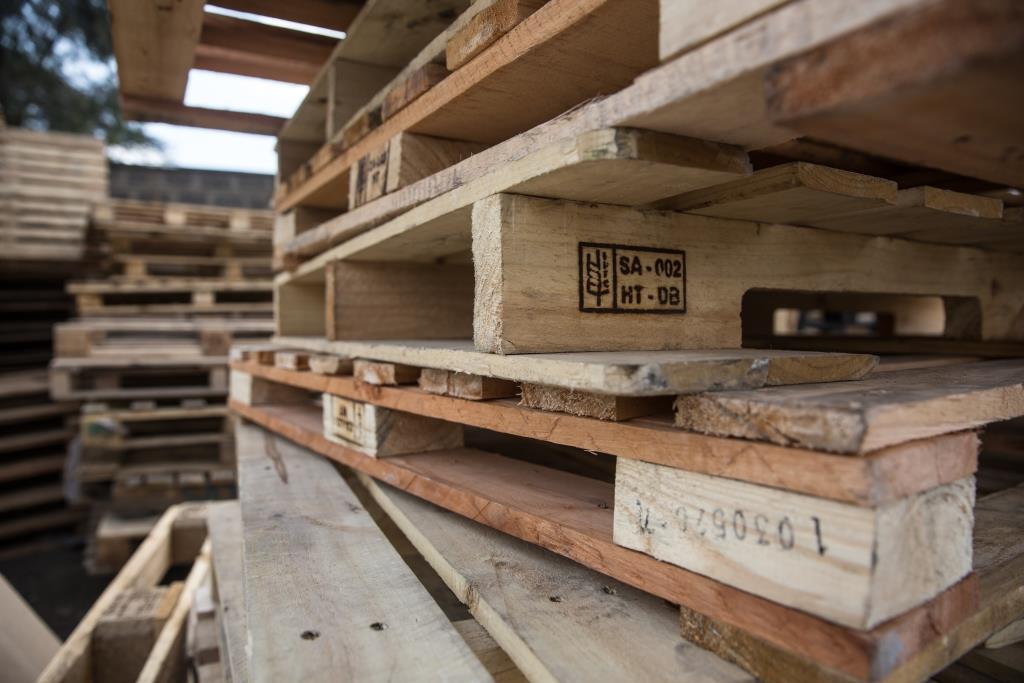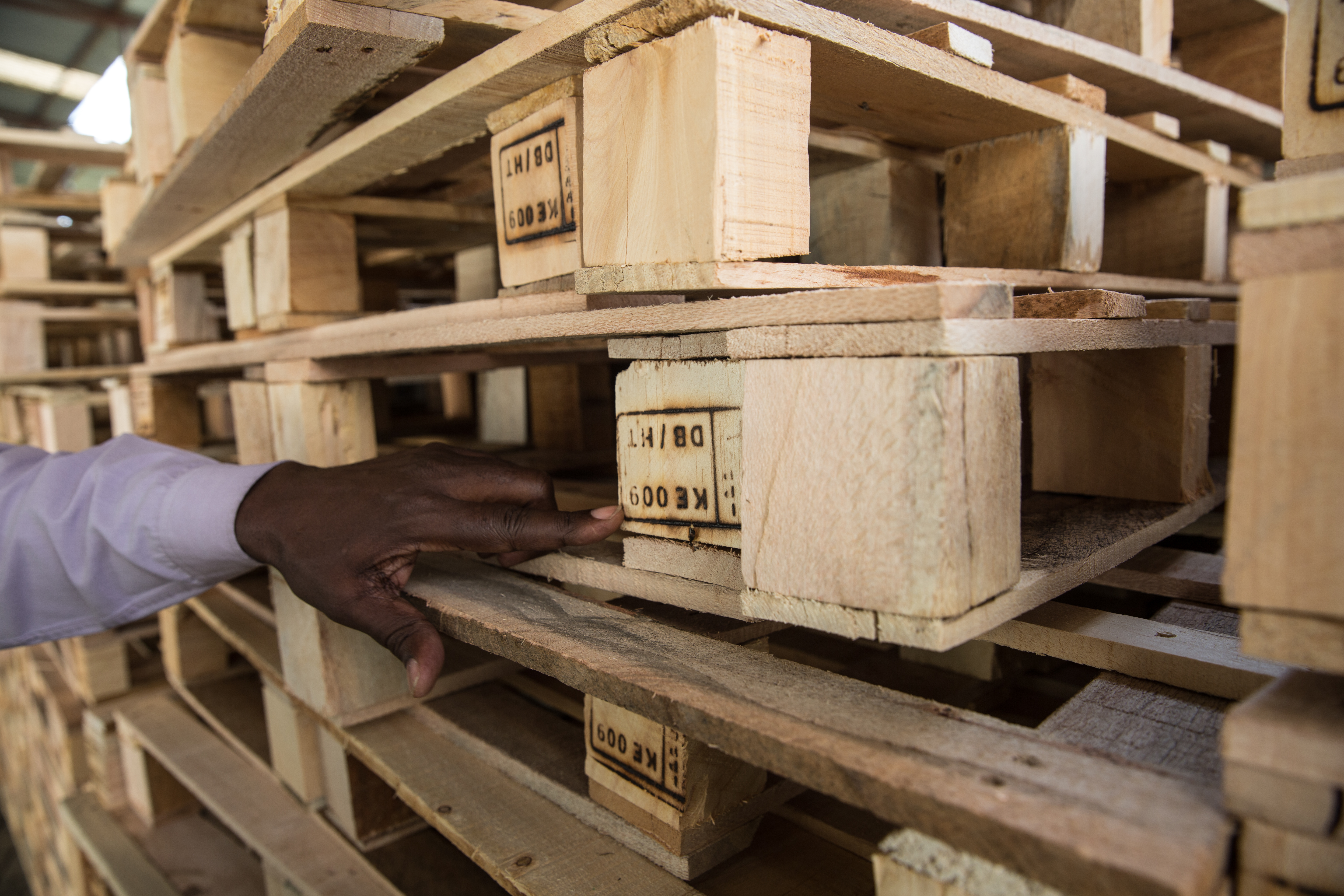Safe wood packaging plays a critical role in ensuring safe global trade. With 80% of shipments relying on wood packaging, meeting international standards like ISPM 15 is vital to prevent the spread of pests and ensure the use of sustainable materials that meet stringent border regulations. By safeguarding wood packaging from devastating pests, this STDF project not only improved secure, efficient trade that benefits economies and the environment worldwide but also preserves biodiversity.



Addressing pest risks through wood packaging standards
With 80% of global trade relying on wood packaging, the risk of spreading pests across borders has increased dramatically. Wooden pallets and crates, essential for their durability and sustainability, also serve as potential carriers of pests that threaten forests and ecosystems. The International Plant Protection Convention's (IPPC) ISPM 15 standard for Wood Packaging Material (WPM) addresses this issue by mandating that wood packaging be treated to eliminate pest risks.
However, compliance with this standard is challenging, particularly in regions with limited resources and expertise. Recognizing this, an STDF project was launched in 2015 to support the implementation of ISPM 15. The project collaborated with National Plant Protection Organizations (NPPOs) and private sector stakeholders in Botswana, Cameroon, Kenya, and Mozambique to pilot innovative solutions in the region. Almost a decade after its completion, the project continues to yield results and catalyse change.
Expanding capacity and advancing sustainable practices.
The project aimed to address the challenges of ISPM 15 compliance by strengthening local capacity and fostering public-private collaboration. Its efforts laid a foundation for long-term change, evident in countries like Cameroon, where the number of wood treatment service providers has doubled to 30 since the project’s completion. This growth highlights the enduring impact of the project’s capacity-building initiatives.
A key outcome was the introduction of training materials and Standard Operating Procedures (SOPs) for heat treatment, which provided a sustainable alternative to the harmful use of methyl bromide. In the years following the project, these SOPs have played a crucial role in enabling the transition to heat treatment in Cameroon and Kenya, aligning with environmental goals and improving compliance with ISPM 15.
In Kenya, the number of heat treatment operators increased from 10 to 23, reflecting the project’s ongoing influence on industry practices. “The STDF project has been instrumental in training more people, helping them understand the standard and its requirements while establishing new facilities,” said Prof. Theophilus M. Mutui, Managing Director, Kenya Plant Health Inspectorate Service. “As a result, all operators now use heat treatment exclusively, significantly reducing the use of methyl bromide, which damages the ozone layer and biodiversity.”
Tackling challenges to ensure safe trade
Despite progress, challenges remain. In 2023, 96% of wood interceptions in Sub-Saharan Africa were due to absent or incorrect markings on WPM. This highlights the need for stronger regulatory frameworks and improved cooperation between NPPOs and customs agencies, and with industry.
Countries are addressing these gaps in different ways, including through initiatives like Cameroon’s adoption of the ePhyto platform, which allows exporters to notify authorities when goods are shipped on wooden pallets. Kenya's NPPO is exploring options to delegate certain phytosanitary actions to other institutions, further streamlining compliance.
A path forward for safe and sustainable trade
Looking ahead, achieving widespread compliance with ISPM 15 will depend on strengthening regulatory practices, fostering greater collaboration between countries, and sharing expertise. By leveraging resources like the IPPC's 2023 "Guide to the Regulation of Wood Packaging Material”, countries can improve their understanding of the standards and better align their practices.
As countries like Cameroon, Kenya, and Mozambique continue to refine their legal frameworks and expand their capacity, they are setting the stage for safer, more sustainable global trade — ensuring compliance with ISPM 15, while also protecting forests and ecosystems for generations to come.
LESSONS
- Collaboration is key: Strong partnerships between public and private sectors drive lasting change in pest control practices.
- Capacity building is essential: Ongoing training and resources ensure long-term compliance with international standards.
- Sustainability matters: Transitioning to eco-friendly solutions like heat treatment reduces environmental impact while ensuring safe trade.
- Regulatory clarity is crucial: Clear legal frameworks and proper marking procedures are necessary to avoid trade disruptions.
- Regional cooperation boosts impact: Sharing best practices across countries enhances overall effectiveness and strengthens compliance efforts.
FAST FACTS
- 80% of global trade relies on wood packaging materials
- The number of wood treatment service providers has doubled in Cameroon, Kenya, and Mozambique
- Heat treatment replaced methyl bromide in Cameroon and Kenya for eco-friendly pest control
- 96% of wood interceptions in Sub-Saharan Africa in 2023 were due to incorrect or missing WPM markings
- Cameroon uses ePhyto to streamline border inspections for wood packaging
This STDF-funded project was implemented by the International Institute of Social Studies (ISS), Erasmus University Rotterdam.

